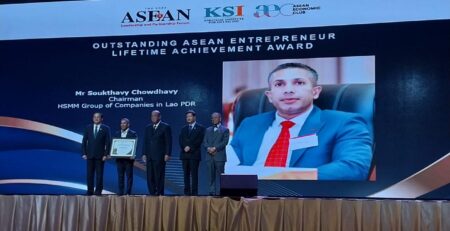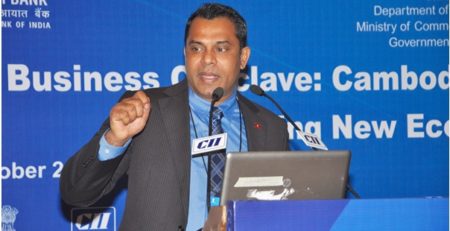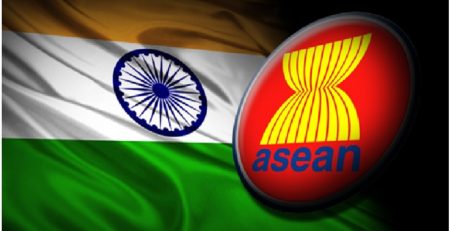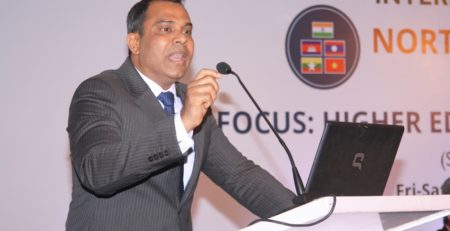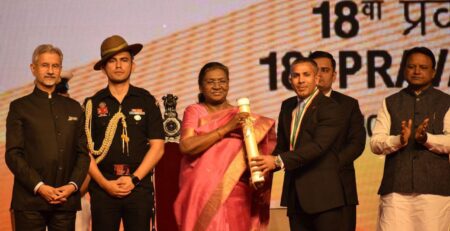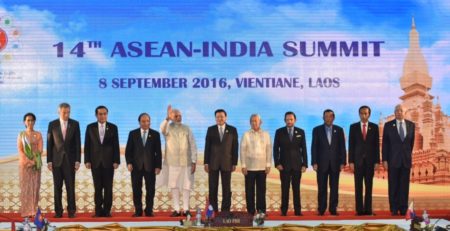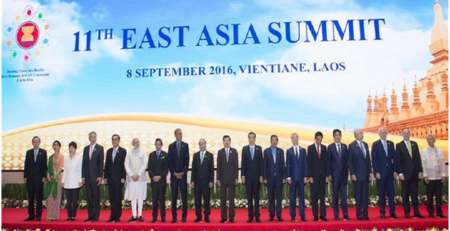Tourism Opportunities in Southeast Asia and Northeast India
Tourism development not only brings great financials dividends to a country but it also strengthens the ties of the people and culture. As such boosting of tourism ties between the Southeast Asian Nations and Northeast of India promises to create a market of great economic potential for both the regions.
The Northeast India is a viable tourist destination with a galore of eco-spots, national parks, cultural monuments, pilgrimage sites, wildlife and regions of pure scenic beauty. Apart from this, Northeast is also favorably situated in close proximity with the Southeast Asian region, sharing borders with Myanmar, China, Bhutan and Bangladesh. Thus, Northeast India can become the grand gateway to the Southeast Asian nations. If a smooth functioning transit corridor is established, it will not only boost tourism but will benefit trade linkages between the regions. Although steps been taken in creation of such a corridor but it still requires a vehement approach in order to strengthen this linkage.
India Myanmar Thailand Friendship Car Rally 2016
Knowing the viability of tourism prospect between Northeast India and Southeast Asia, it is time to put forward actionable plans to reap benefit of such ties. There are certain steps needed to be taken on priority basis such as developing connectivity; be it by air, road or water. Currently air connectivity fairs poorly in propagating an easy flow of people or trade, to and fro, between the two regions. Proposals for Greenfield airports in the Northeast have barely taken root, and the future of an Open Skies Policy as introduced by the ASEAN-India Aviation Cooperation Framework, is also unclear. These policies need to be reviewed and implemented soon. The India-Myanmar-Thailand trilateral highway is an ambitious road connectivity project which is still underway. When constructed, the road is expected to boost not only ASEAN-India Free Trade Area but increase tourists’ inflow and outflow to both the regions. In a bid to strengthen connectivity, Prime Minister Modi has shown his keen desire for early completion of the ‘Road to Mandalay’ project. This 3200 kilometer long highway has the potential to act as a game changer for the entire Northeast region. The project will drastically enhance connectivity between the Mekong sub-region and India. The highway project, which begins from Moreh in Manipur to Mae Sot in Thailand via Mandalay in Myanmar, will throw open India’s eastern border to a new bus route from Imphal to Mandalay – which would enable travelers to reach Mandalay from Manipur in just over 14 hours.
Mawlynnong Village – The cleanest village in Asia (Meghalaya, India)
The Northeast governments and the Indian Government should attract tour operators both the national and international levels to establish offices where North-East region-specific tours are made available to the population. If pre-packaged plans can be arranged, it may ease the travel planning for potential tourists to North-East. In order to fulfill the goal of the North-East as a bridge between mainland India and South East Asia, the North-East tourism websites and operators must provide details in Southeast Asian languages and perhaps have updates stressing the historical and cultural linkages between people and places in the North-East with the South-East Asian countries which would garner a feeling of belongingness and increase the chances of North-East being chosen for a holiday or tour.
Living Root Bridges – Meghalaya, India
Umngot River – Dawki, Meghalaya, India
Review of the Restricted Area Permit (RAP), Protected Area Permit (PAP) and the Inner Line Permit (ILP) to promote tourism is also another crucial aspect. The ILP is required for Indian citizens who wish to visit Arunachal Pradesh, Nagaland and Mizoram; the PAP and the RAP are applicable to foreign nationals who have to be granted special permission to travel on recognized routes by the relevant authorities. Easing of such permits, provided they do not hamper the security of the region, will go a long way to flourish the inflow of tourists to these places.
Luang Prabang, Lao PDR (UNESCO World Heritage Site)
Forging on the shared religious and traditional history of Buddhism, creation of tourism route based on Buddhist circuit is a great medium to attract tourists. ASEAN member countries have already been working on the development of Buddhist circuits within their own countries, on a bilateral basis and at the regional level, including taking it up with India. The idea of marketing ASEAN and India as an integrated circuit was endorsed at the ASEAN Tourism Ministers Meeting way back in 2008 and is seen as an area of enormous potential.
Luang Prabang, Lao PDR (UNESCO World Heritage Site)
Wat That Luang, Vientiane, Lao PDR
Also in the gamut of India’s ACT EAST POLICY, Tourism opportunity ushers in a pool of economic development in varied areas. A well-planned tourism activity will usher in development, create jobs and provide additional source of revenues which is particularly significant for Northeast India. Always shrouded in isolation with insurgency perils and underdeveloped infrastructure, Northeast thus have much to gain from investments in Tourism as it will surely ripple effect into development in general for the region.
Pakse, Lao PDR (The Famous Bolivian Plateau)

















